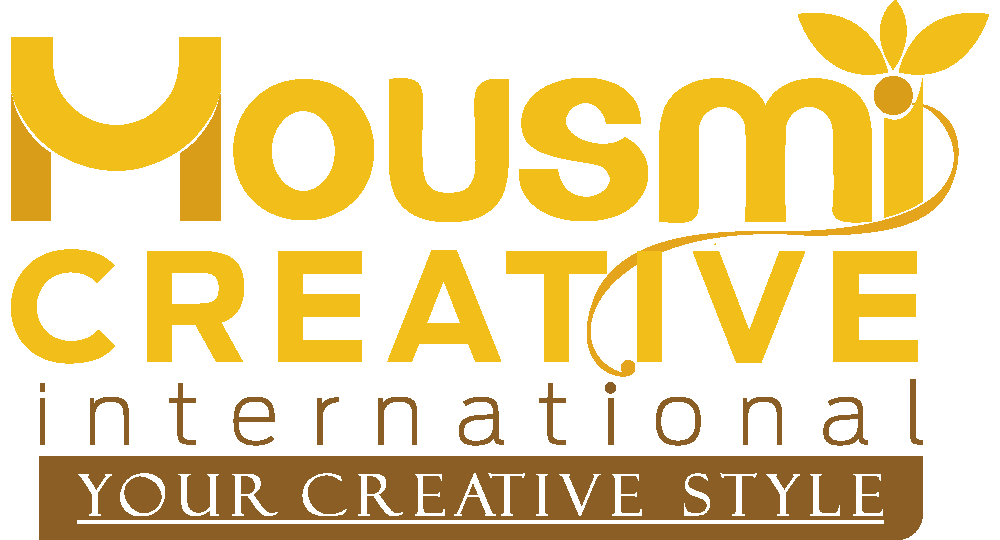In the vibrant world of equestrian pursuits, the Western saddle stands as a symbol of both tradition and innovation, a testament to the artistry and craftsmanship that defines Western equestrian excellence. Within this realm, the creation of Western saddles transcends functionality; it becomes an intricate dance of skill, tradition, and a deep understanding of the rider-horse connection. In this article, we delve into the artistry of saddle craftsmanship, exploring the unique features and the craftsmanship that distinguishes Western saddles in the equestrian world.

The Legacy of Western saddle manufacturer
The history of Western saddles is deeply interwoven with the heritage of the American West. Evolving from practical tools for ranch work and cattle herding, Western saddles have become iconic symbols of cowboy culture and the Western way of life. The artistry in saddle craftsmanship pays homage to this legacy, preserving traditions while adapting to the evolving needs of riders.
Functional Design with Artistic Flair
Western saddles are renowned for their distinctive design, marked by a prominent horn, a deep seat, and a high cantle. Beyond their practical functions for cattle work and long rides, these design elements are also a canvas for artistic expression. Craftsmen infuse creative details, such as intricate tooling patterns, silver embellishments, and personalized touches that make each Western saddle a unique work of art.
Leather Selection and Quality
At the heart of OEM manufacturer of Western saddle craftsmanship lies the careful selection of premium-quality leather. Craftsmen often choose top-grade hides, known for their durability, suppleness, and ability to develop a rich patina over time. The meticulous treatment and finishing of the leather contribute not only to the saddle’s aesthetic appeal but also to its longevity and performance in various equestrian activities.
Hand Tooling Mastery
One of the most distinctive features of Western saddles is the hand tooling that adorns the leather surface. This intricate process involves carving intricate designs, often inspired by Western motifs, into the leather using specialized tools. The result is a visually stunning and textured surface that not only enhances the saddle’s appearance but also reflects the artisan’s mastery and dedication to their craft.
Customization for Rider and Horse
The artistry in Western saddle craftsmanship extends to customization, recognizing that every rider and horse partnership is unique. Riders can choose from a variety of saddle styles, seat sizes, and tree widths to ensure a personalized fit. Craftsmen may also tailor design elements, from the tooling patterns to the choice of conchos, allowing riders to express their individual style and preferences.
Traditional Techniques and Modern Innovations
While Western saddle craftsmanship holds onto traditional techniques passed down through generations, it also embraces modern innovations. Cutting-edge materials, advanced tree designs, and ergonomic considerations are integrated into the creation process, ensuring that Western saddles not only honor tradition but also meet the evolving needs of today’s riders.
The Rider-Horse Connection
Beyond their visual appeal and functional design, Western saddles play a crucial role in enhancing the connection between rider and horse. The deep seat and secure horn provide stability, while the design accommodates the horse’s movement, promoting comfort and communication between the two partners. This focus on the rider-horse connection is an integral part of the artistry in Western saddle craftsmanship.
Mousmi Creative International: Elevating Western Equestrian Excellence
Among the distinguished names in Western saddle manufacturer excellence, Mousmi Creative International emerges as a premier provider of exquisitely crafted Western saddles. The brand seamlessly blends tradition with innovation, capturing the essence of cowboy culture while infusing a touch of contemporary sophistication.
Mousmi Creative International’s commitment to artistry is evident in its attention to detail, quality leather selection, and mastery of hand tooling techniques. Each Western saddle produced by the brand reflects a dedication to preserving the legacy of Western saddle craftsmanship while embracing the demands of modern riders.
Conclusion:
Western equestrian excellence is a harmonious blend of tradition and artistry, where the saddle becomes a canvas for expression and a tool for enhancing the rider-horse connection. The craftsmanship involved in creating Western saddles goes beyond mere functionality; it is a celebration of heritage, skill, and the enduring bond between rider and horse. As riders saddle up with sophistication and discover the artistry in Western saddle craftsmanship, they embark on a journey that transcends time and encapsulates the spirit of the American West.


